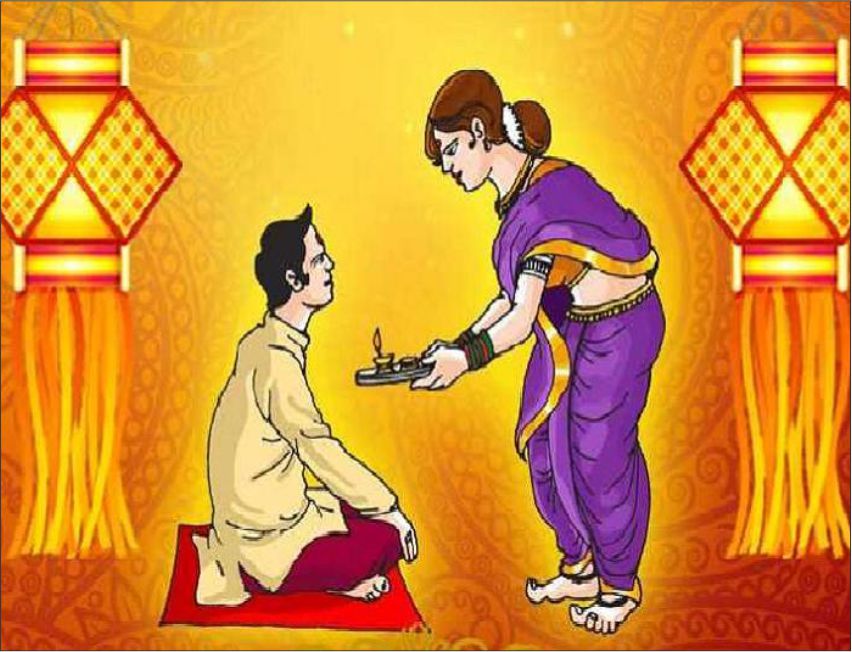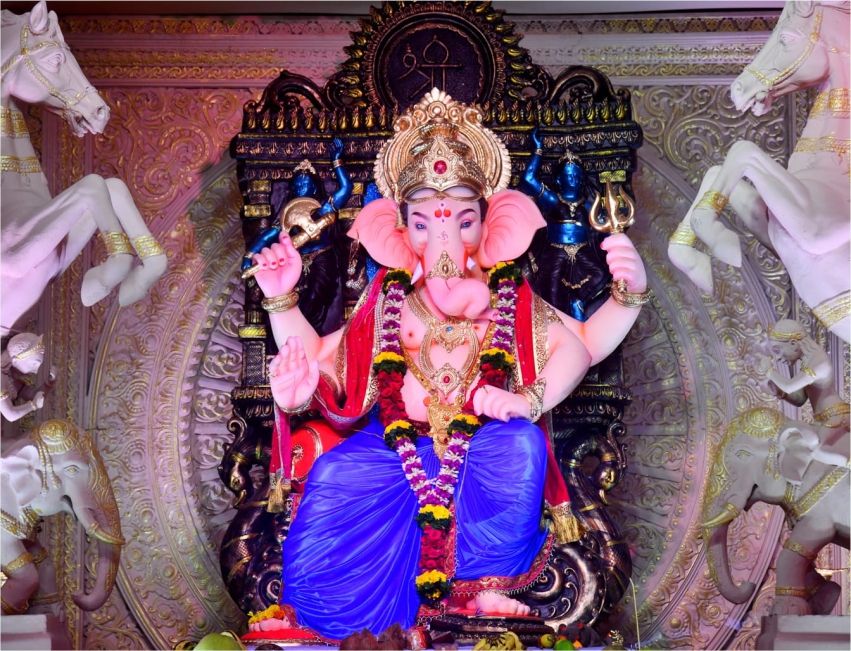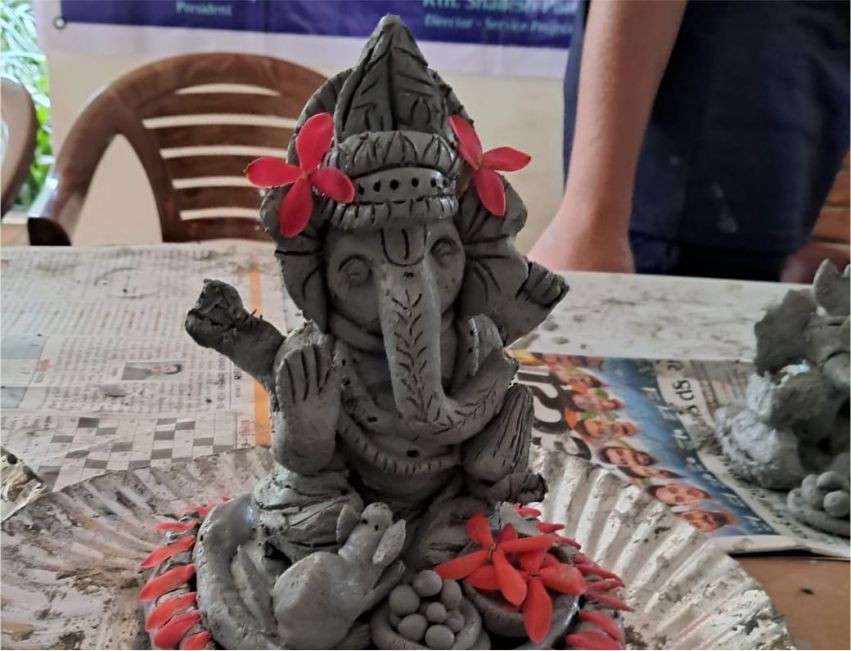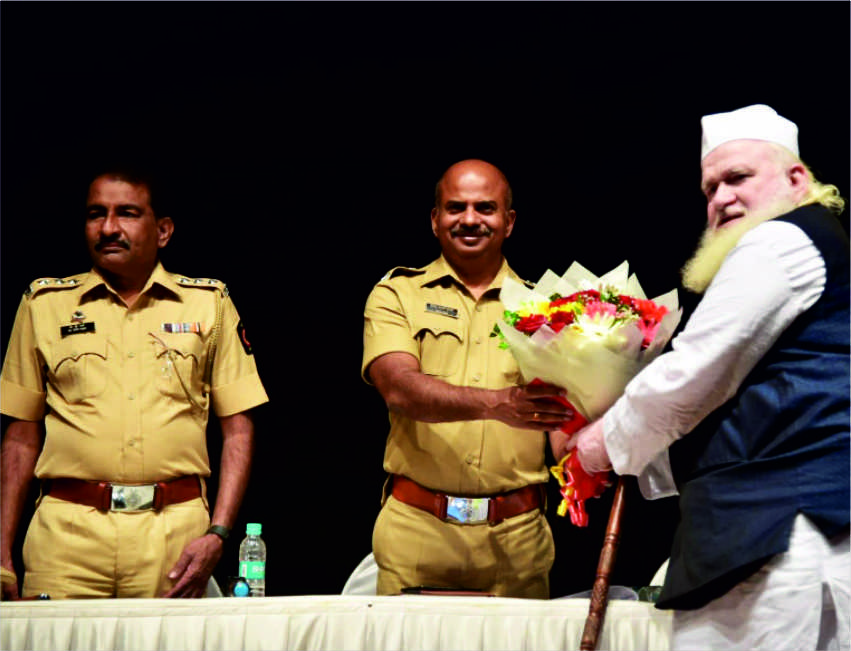Know about the significance behind Bhau Beej and traditions linked with it

- Christopher Rodrigues
- 13 Nov, 2023
Bhau Beej, also known as Bhai Dooj or Bhai Phota, is a Hindu festival celebrated in India that honours the bond between brothers and sisters. It is observed on the second lunar day of Shukla Paksha (bright fortnight) in the Hindu month of Kartika, which usually falls two days after Diwali.
The festival involves various customs and rituals. On Bhau Beej, sisters invite their brothers for a special meal at home. They perform aarti (a ritual of worship) and apply a vermillion mark on their brothers' foreheads as a symbol of protection from evil. In return, brothers give gifts to their sisters as a token of their love and blessings.
The significance of Bhau Beej lies in the strong bond of affection and love between siblings.
Bhau Beej is celebrated with joy and enthusiasm, reinforcing the importance of sibling relationships in Indian culture.
Bhai Dooj is associated with several myths and legends that vary across different regions in India. One popular legend is linked to the bond between Lord Krishna and his sister Subhadra.
Here are a couple of myths and legends associated with Bhai Dooj:
Legend of Lord Krishna and Subhadra: According to Hindu mythology, Lord Krishna visited his sister Subhadra after killing the demon Narakasura. Subhadra welcomed Krishna by performing aarti, applying a tilak on his forehead, and putting flowers in his hair. It is believed that the tradition of sisters performing similar rituals for their brothers on Bhai Dooj originated from this story.
Yamraj and Yamuna: Another popular legend is related to Yamraj, the God of Death, and his sister Yamuna. According to the legend, Yamraj visited his sister Yamuna on the day of Kartika Shukla Dwitiya (the second day of the bright fortnight in the month of Kartika) after a long period. Yamuna was overjoyed to see her brother and performed aarti for him. Yamraj, pleased with his sister’s hospitality, gave her a boon that whoever receives aarti and tilak from his sister on this day would be blessed and protected from untimely death. This legend is often cited to explain the significance of sisters performing aarti and applying tilak to their brothers on Bhai Dooj.
The traditions associated with Bhai Dooj vary across different regions, but some common practices include:
Tilak and aarti: The sister performs aarti (a ritual of worship involving the waving of lighted wicks before an idol or a deity) for her brother and applies a tilak (a mark on the forehead) using vermillion, sandalwood paste, and rice. This is believed to bring blessings and protection to the brother.
Exchange of gifts: Brothers give gifts to their sisters as a token of love and appreciation. These gifts can include sweets, clothing, or other items that the sister may like. In return, sisters may also offer gifts to their brothers.
Feast and celebration: It is common for families to come together and celebrate the festival with a special meal. Sisters often prepare a delicious feast for their brothers, and the family gathers to enjoy the festive atmosphere.
Prayers for longevity: Sisters often pray for the long and healthy lives of their brothers during the Bhai Dooj rituals. It is a time when siblings express their love and concern for each other's well-being.
Visiting each other: In some traditions, brothers visit their sisters on Bhai Dooj, and the sister welcomes them with warmth and hospitality. They spend time together, reinforcing the bond between siblings.
Performing puja: Families may also perform a puja (ritual worship) on Bhai Dooj, invoking the blessings of deities for the well-being of their brothers and sisters.
The specific customs and rituals may vary across different regions and communities in India, but the essence of Bhai Dooj remains the celebration of the special bond between siblings.





